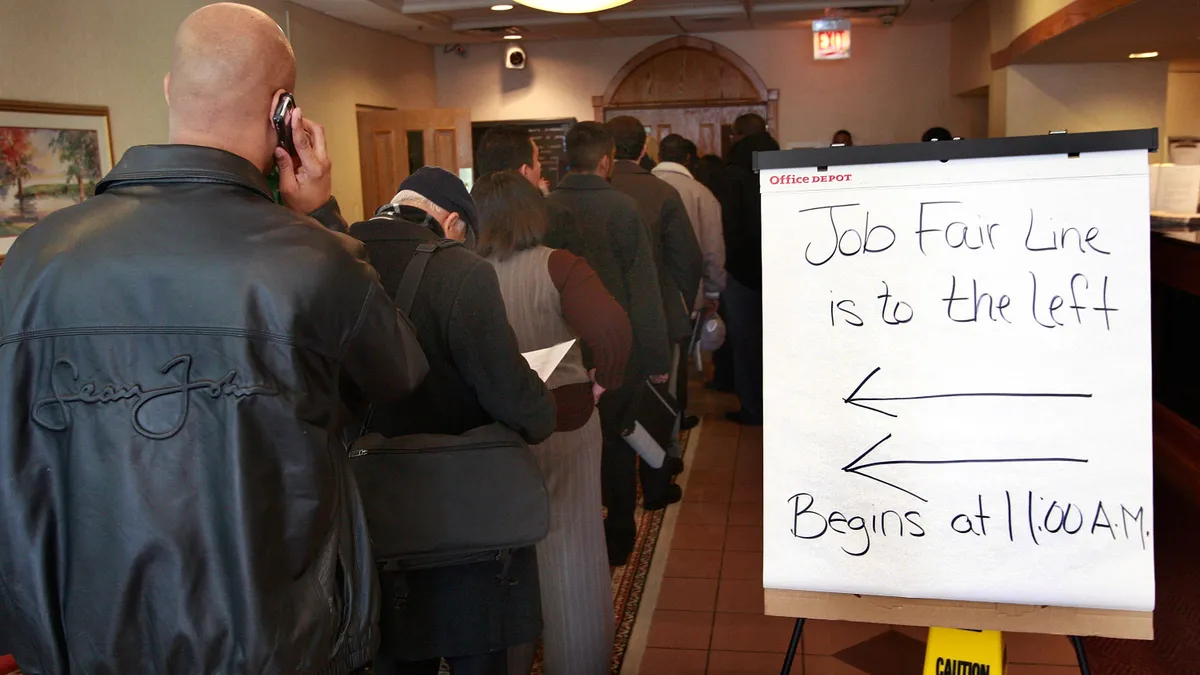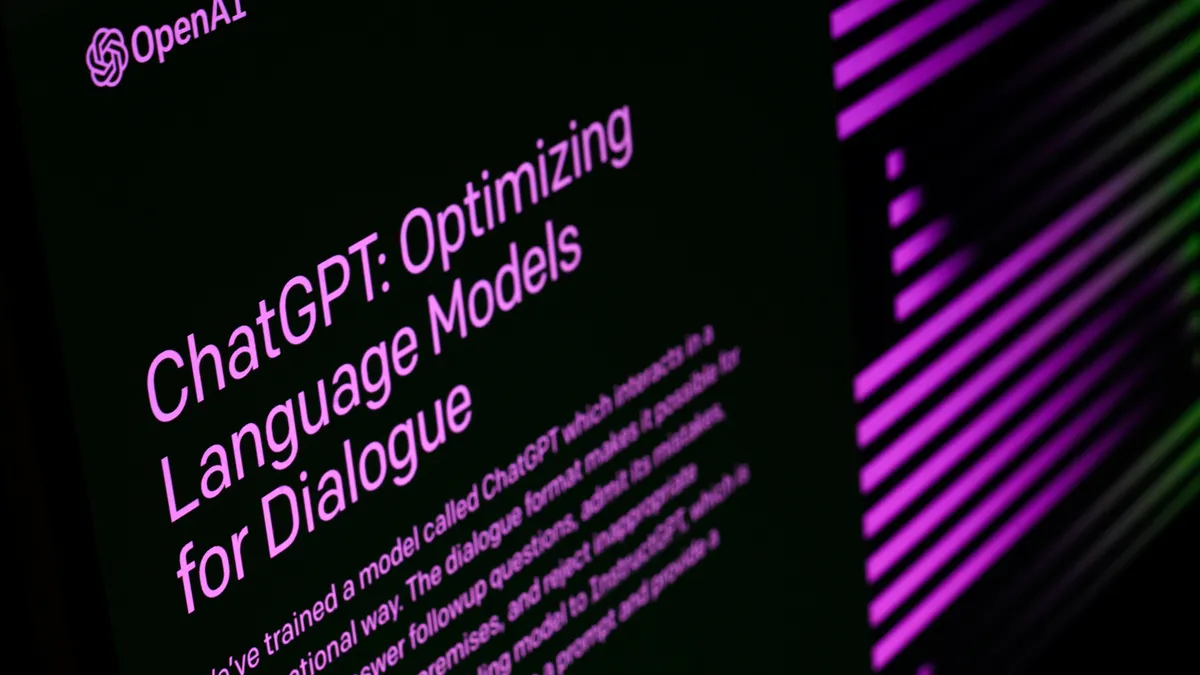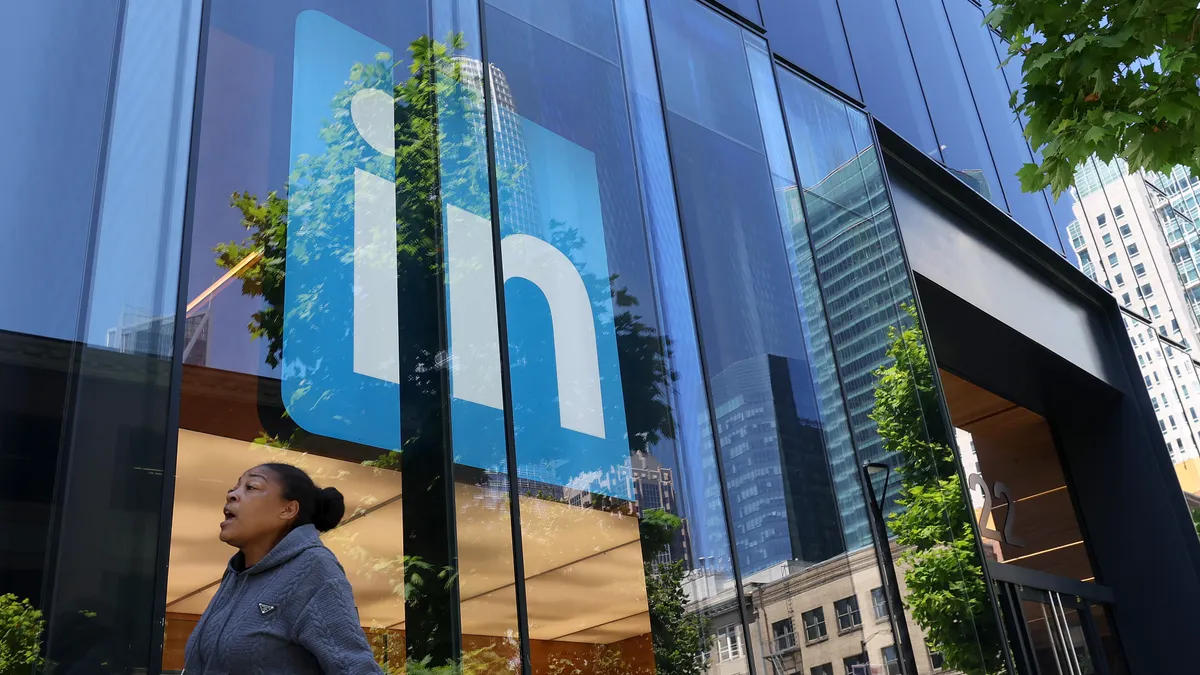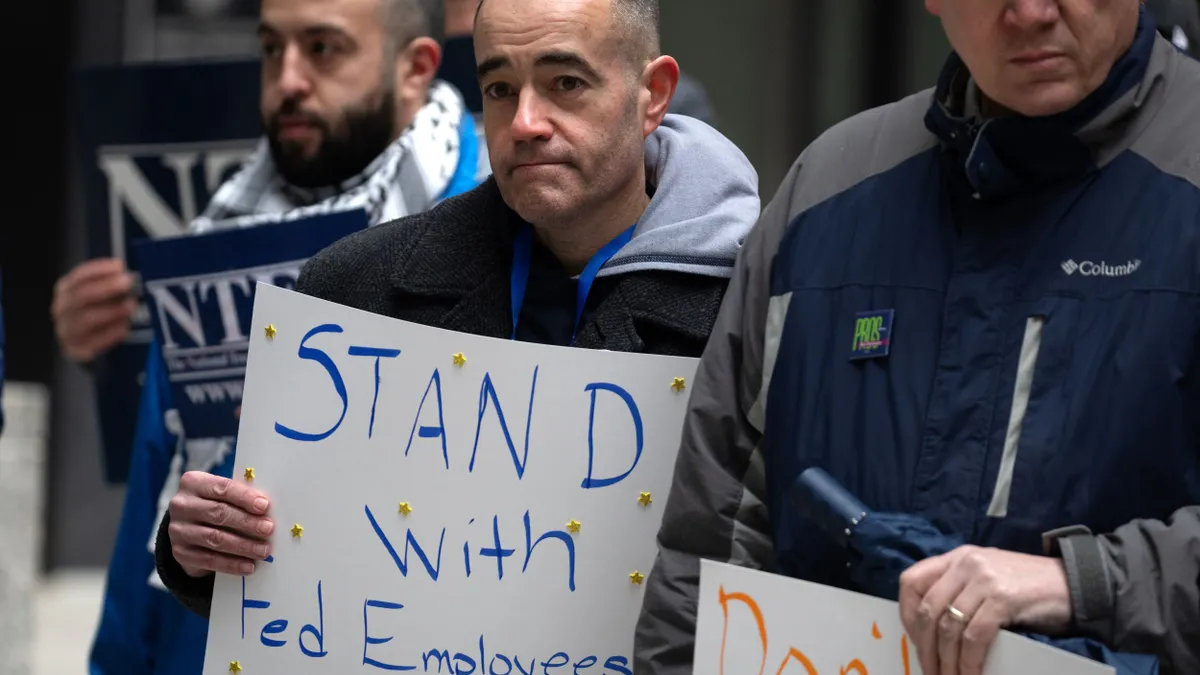As the holiday hiring push begins, the competition promises to be fierce. With consumer confidence at its highest level in 18 years, the busy shopping season will put the crunch on retailers and e-tailers who aren't able to meet staffing goals. And hiring expectations are high: a recent recent study from Challenger, Grey & Christmas conservatively places seasonal hiring numbers at over 400,000 for this year so far.
With that type of volume needed, it's easy to put candidate experience low on the priority list, but in the war for talent, those who make the hiring process as easy (and, dare we say, pleasant) as possible will be in a good position to score the most and best hires. Applicants know their value in today's tight market; they know they can easily move on instead of waiting to find out whether they'll earn an interview.
And it's not just this year's staffing that is at stake, either. "Today's workforce is tech savvy and has big expectations and even bigger voices," according to Bill Docherty, managing director of Deloitte Consulting LLP and general manager of ConnectMe, "which they can use to express and amplify any kind of frustration or complaint with the touch of a button." Future candidates who check a company's online reviews are going to differentiate between feedback provided by regular hires and seasonal hires, he noted
What's more, seasonal hires often have the potential to become year-round employees. "The ability for an organization to identify 'diamonds-in-the-rough' in their seasonal workforce that could become tomorrow's leaders can be a key competitive advantage," Docherty told HR Dive via email. But you won't find those treasures unless they're hired. With all that's at stake, a quality candidate experience is critical.
Best foot forward
A strong candidate experience begins with a posting or hiring event; getting the word out locally (or nationally) is the first step. Detailed information about the work, wages, expected hours and shifts posted up front will help snag candidates that can fulfill your needs.
Post as much information about the job and workplace perks as possible; employee discounts are a huge draw for holiday workers, for example. Hiring bonuses or flexible shifts also can pique interest. Include messaging about your company culture, and anything else that can help the listing stand out in a crowd.
Once there's a steller ad in place, it's important to ensure the application process is user-friendly. Is it optimized for mobile? Do social media pages link directly to an online application? The experts suggest conducting a walk-though of the processes to make sure it runs quickly and seamlessly.
And then the hard part: responsiveness. With unemployment at historic lows, the applicant pool is small and every touchpoint counts, according to Keith Ryu, CEO of Fountain. "A company that responds to applicants quickly and personably is more likely to win them over and get a successful hire," he said via email.
Working smarter
All the tasks that follow become that much harder during mass hiring pushes, which means recruiters and hiring mangers must work smarter. Chatbots and online scheduling tools help move a candidate quickly into the hiring pipeline. Some can answer initial questions, freeing up recruiters for more strategic work. This can can make the difference in a competitive market, where candidates want the instant gratification of an interview or start date.
After all, Ryu asks, why would an applicant wait for one company to respond to an application when another replies immediately with a text message to schedule an interview time? "We see brands implement this very practice," he said, "and are able to process 300-400 applicants per recruiter a month successfully and personably."
Working smarter also means making use of the resources you have. This can include returning to last year's seasonal applicants or, if you don't have that information, making sure you hold onto it this time around. That's a hallmark of the most effective employers: Bersin's recent High-Impact Talent Acquisition Report revealed that highly effective talent acquisition functions are twice as likely to use data to forecast head count and six times more likely to leverage predictive data to develop their TA strategies. "So, instead of bringing on new batches of seasonal hires each year," Docherty said, "employers should work to retain the same workers year over year, to reduce onboarding and training costs, vet qualified talent, and to build a positive culture where employees are happy to come back."
Don't forget the human touch
No matter how much candidates like automated processes that funnel them quickly into the pipeline, a strong human interaction is a must. Employer branding depends on it, Ryu said. "This encourages seasonal workers to go back to the same company," he explained, "and recommend these brands as great places for people to work for future high-traffic seasons."
Think about it this way: a great candidate experience should mirror the consumer experiences people have come to love and expect, Docherty said. "Remember that every minute a candidate spends waiting for an offer is a minute a competitor has to send them their own offer," he continued. A focus on candidate experience for today's hires and next year's is an investment well worth pursuing.


















